Maria Leite
Year of birth: July 8, 1973
Where do you live: Gainesville, Florida, USA
Your education:
• 2017 – Doctor of Education, Curriculum and Diversity Studies, The University of West Florida
• 2009 – M.Ed., Special Education, The University of West Florida
• 2002 – Post Baccalaureate, Communication and Image, Pontificia Universidade Catolica – PUC-Rio
• 1996 – B.F.A., Fine Arts, Universidade Federal do Rio de Janeiro
Describe your art in three words: Experimentation · Freedom · Intuition
Your discipline: Theater – Set Design · Visual Arts · Education
Website | Instagram
How did your background in set design influence the way you approach painting and mixed-media art today?
My academic training and professional experience in set design provided the foundation for my development as a visual artist. It exposed me to multiple artistic languages, including photography, painting, and more. What most strongly influences my current exploration of abstract art is the idea of manipulating perspective and the way lighting transforms a space. Lighting, in particular, inspires many of my black-and-white abstracts. I enjoy combining flattened images with converging perspective lines that often lead to nonsensical vanishing points. Many of my paintings reflect this willingness to defy formal technique in favor of pureexpression. I also draw inspiration from photography—particularly images of light and shadow —which connects back to my collaborative experiences with lighting designers during stage productions.
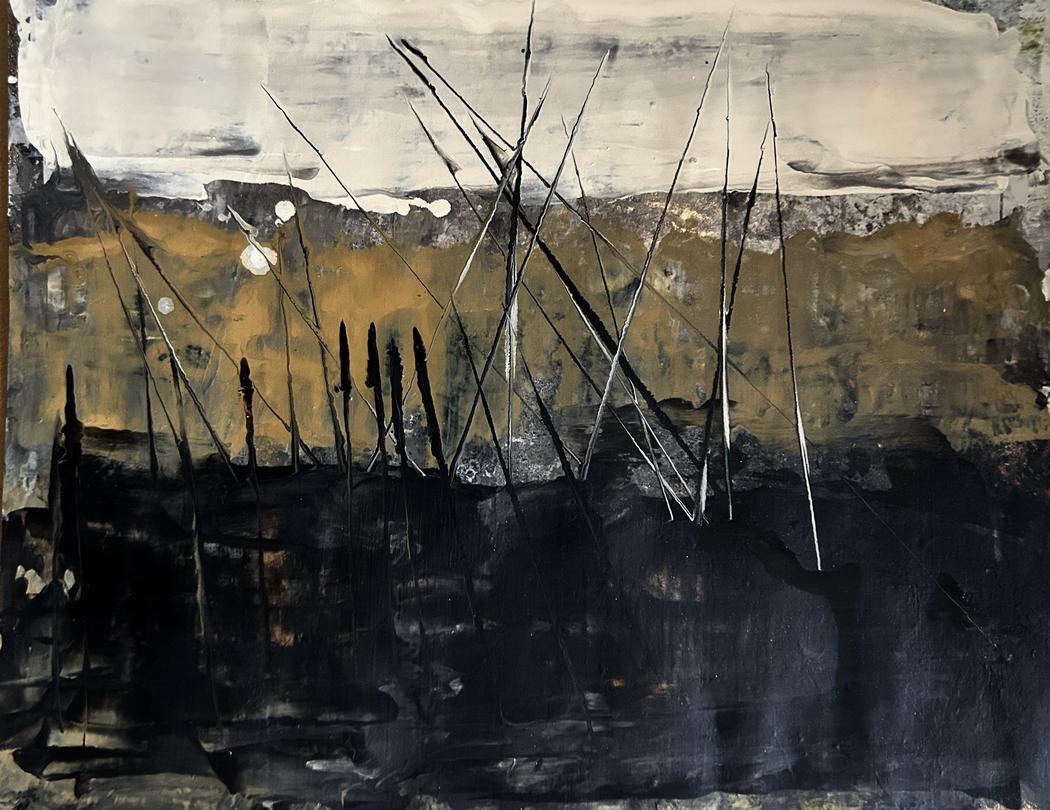 Maria Leite | View From The Shore | 2023
Maria Leite | View From The Shore | 2023
What inspired your move from Brazil to the United States, and how has this international experience shaped your creative perspective?
I originally moved to the United States as a student, although my degree at the time was in education, not in art. After graduation, I became a K–12 art teacher, an experience that allowed me to connect my background as a set designer and art educator in Brazil with new knowledge I was acquiring in the field of Special Education. This experience ultimately led me to complete a Doctor of Education degree in curriculum and diversity studies, in which I explored photography as a method to support data collection in qualitative research. In 2022, I had the opportunity to exhibit my research photographs in a solo show at the A. Quinn Jones Museum and Cultural Center in Gainesville, Florida. Living and working internationally has broadened my understanding of cultural context and has deeply shaped my creative and academic practice.
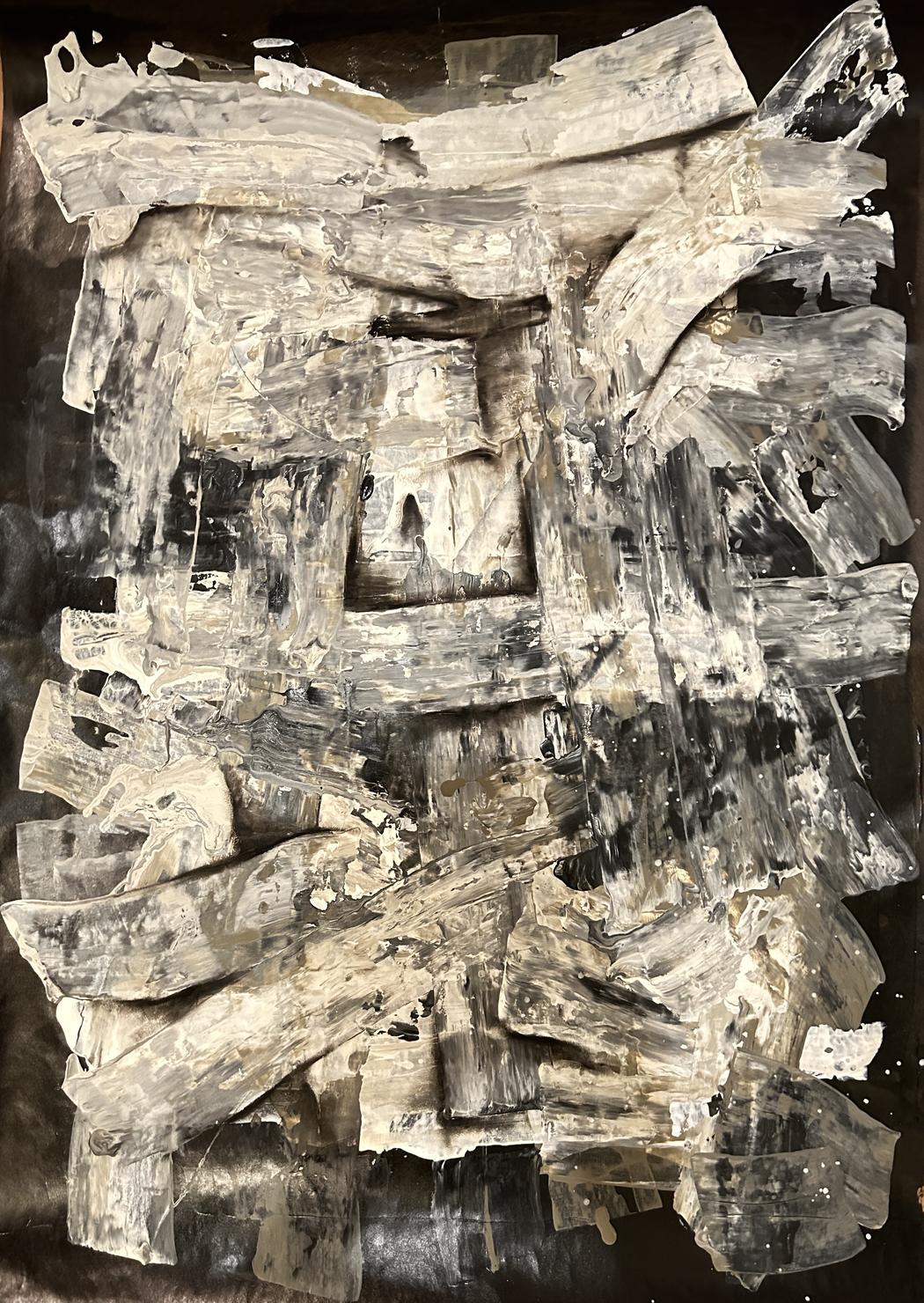 Maria Leite | Back To Chaos | 2024
Maria Leite | Back To Chaos | 2024
How do your academic interests in curriculum, diversity, and social justice connect with your artistic practice?
When I first began teaching at a theater school in Rio de Janeiro, Brazil, I quickly realized how much I needed to grow my knowledge of pedagogy as it applied to the scenic arts. My undergraduate training prepared me to be a set designer, but I had to learn to teach by doing the work. During the past 20 years in the United States, I have developed curriculum and pedagogy knowledge significantly, which allowed me to revisit my earlier teaching experiences with a more critical lens. During the pandemic, my former theater school colleagues and I reunited remotely to reflect on our teaching practices. This collaboration led to a book chapter (Leite, Fraga, Laranjeira, & Sareta, 2023) in which we collectively explored theater education through a decolonized perspective founded in both literature and in our own early experiences as artists and educators. Diversity and social justice are inherently present in my art as well—many of my pieces reference political turmoil, social injustice, and anti-oppression discourse.
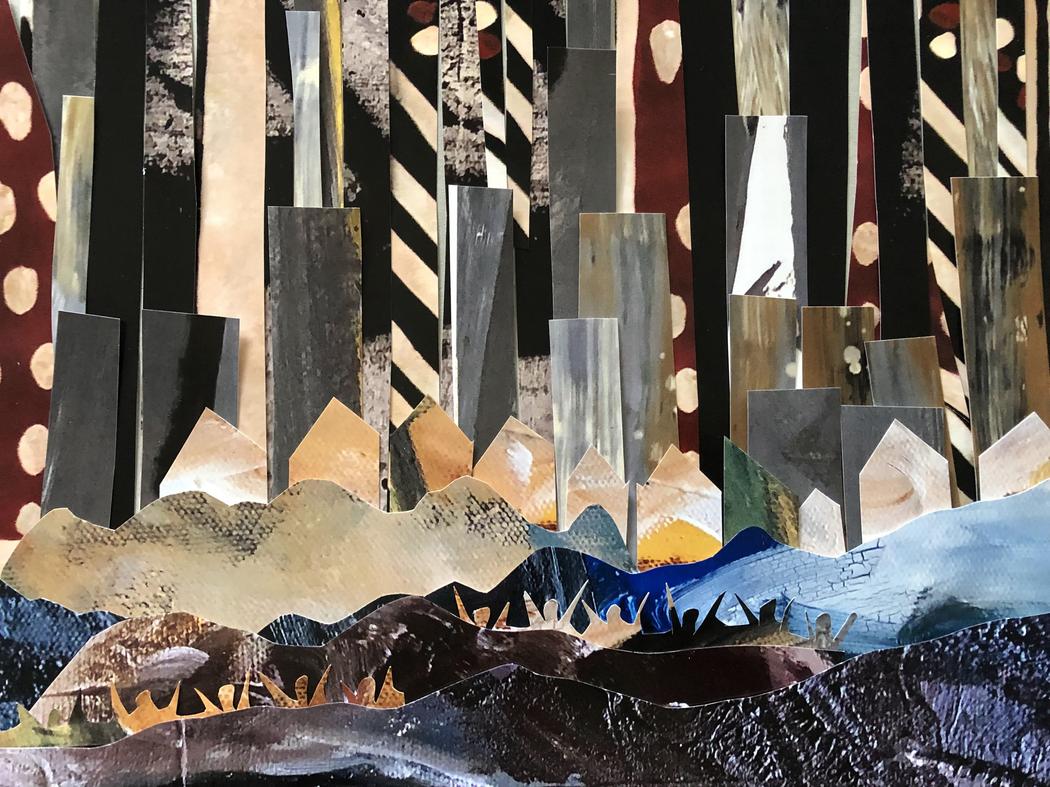 Maria Leite | Drowning | 2022
Maria Leite | Drowning | 2022
Your artworks often combine layered textures and a bold use of contrasts. What materials or techniques do you most enjoy experimenting with?
I enjoy experimenting with painting techniques, layered textures, and high contrast. Many of my pieces feature intersecting straight lines that create a sense of multiple dimensions—this can also be seen in my photography. Collage is another process I enjoy, especially when combined with drawing or painting. Additionally, I have been curious about incorporating recycled materials—such as paper, plastic, and even concrete—to create three-dimensional objects.
Do you see a dialogue between spontaneity and structure in your work, considering your set-design training and academic research?
Absolutely. There is an ongoing dialogue between intuition and structure in my work. Some of my pieces are carefully planned and structured, while others are born entirely from intuition, allowing me to create freely and respond to the process in the moment. Afterward, I often reflect on these intuitive works, analyzing them and occasionally shaping them into a more structured series or process. This analytical approach likely stems from my years of experience in higher education assessment, which has influenced how I evaluate and refine my own artistic practice.
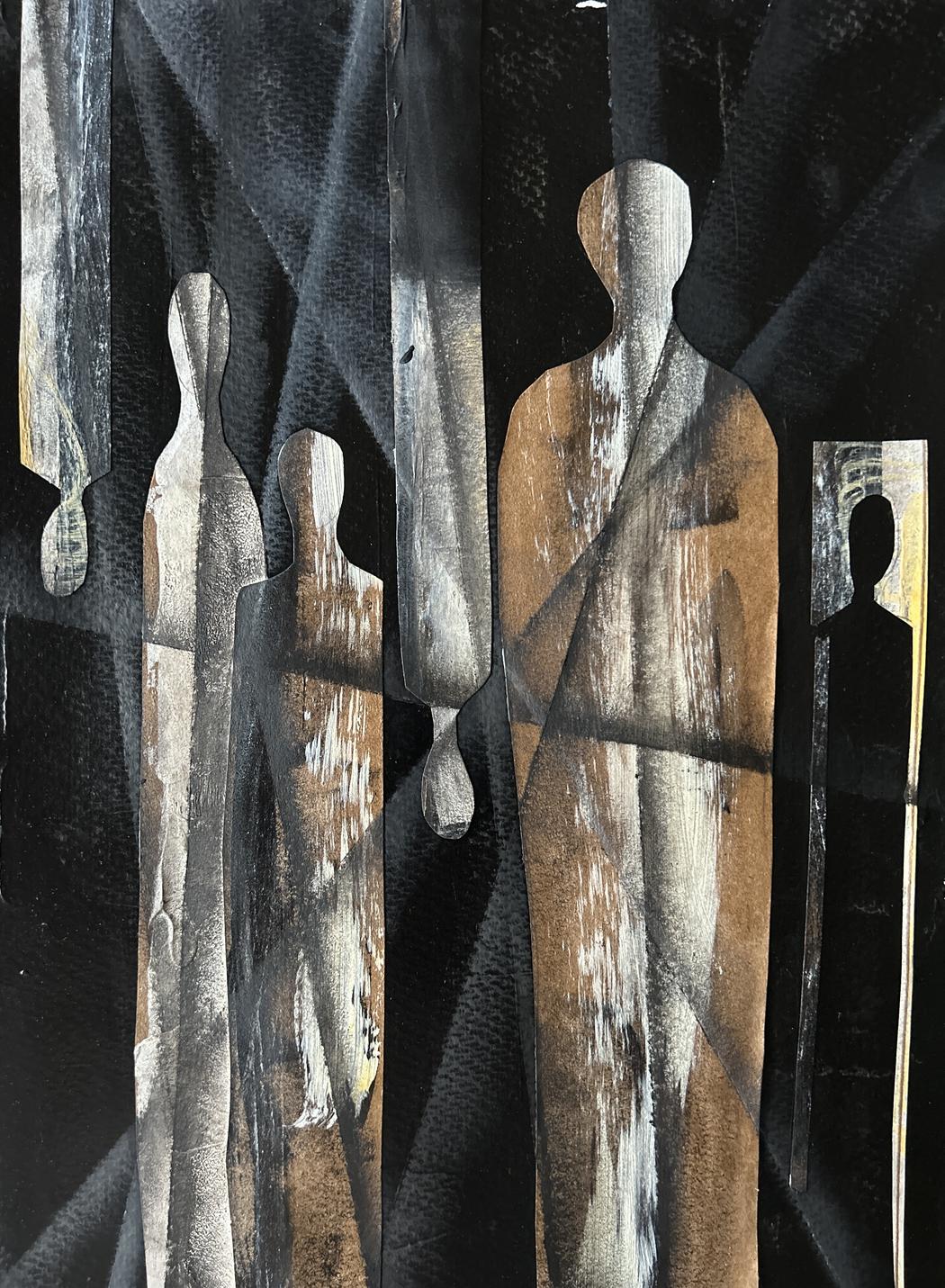 Maria Leite | eXodus I | 2025
Maria Leite | eXodus I | 2025
What messages or emotions do you hope viewers take away from your abstract compositions?
I hope my art invites viewers to engage with their own narratives and reflections. My pieces often tell stories that are not obvious, encouraging contemplation at a social, emotional, or political level. Some of my pieces hold hidden narratives that I plan to explore further in the future, serving both as reminders of the past and as guidance for the future.
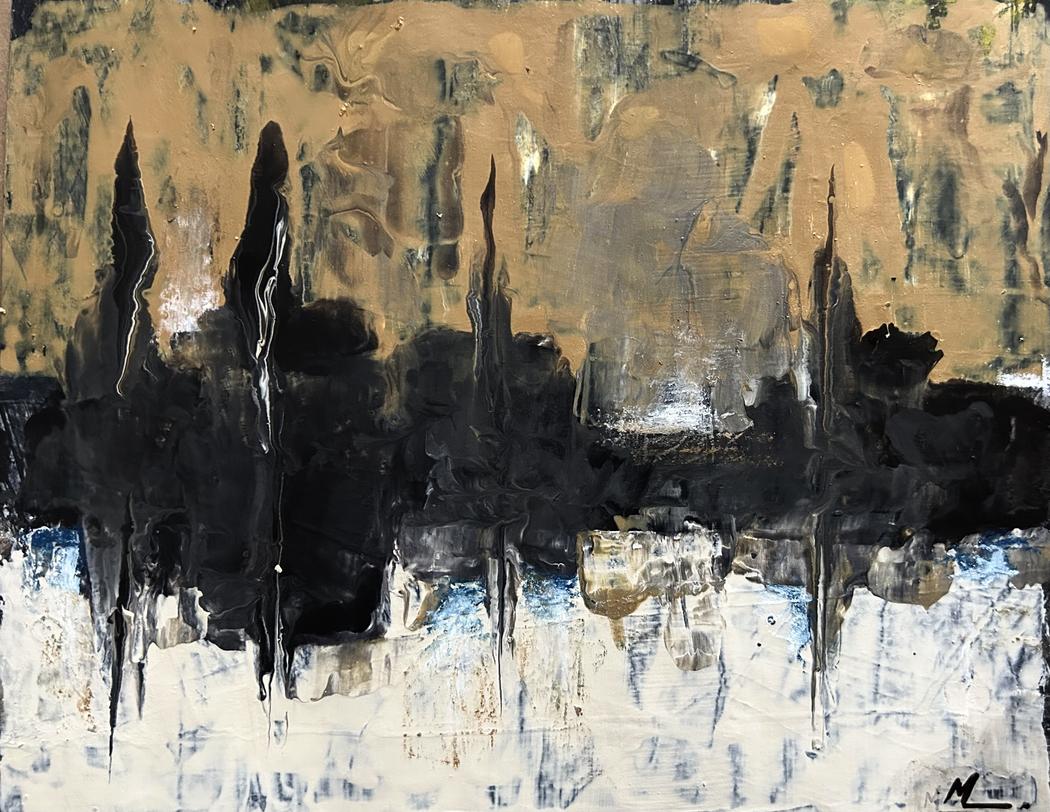 Maria Leite | Fisherman View | 2023
Maria Leite | Fisherman View | 2023
How does the idea of “decolonizing art education” influence your own artmaking?
For me, decolonizing art education means recognizing and valuing the cultural heritage, traditions, and unique experiences of each individual. In my work as an art teacher and set designer in Brazil, I collaborated with students and colleagues to create theater productions that reflected local culture—even when the curriculum emphasized Eurocentric classics. To me, decolonizing art education means embracing representations rooted in African and Indigenous traditions, reinterpreting the classics through popular culture, and honoring the community’s vision of itself. In my artistic practice, this philosophy manifests as respect for individual creativity and freedom, encouraging works that are deeply personal and culturally situated.

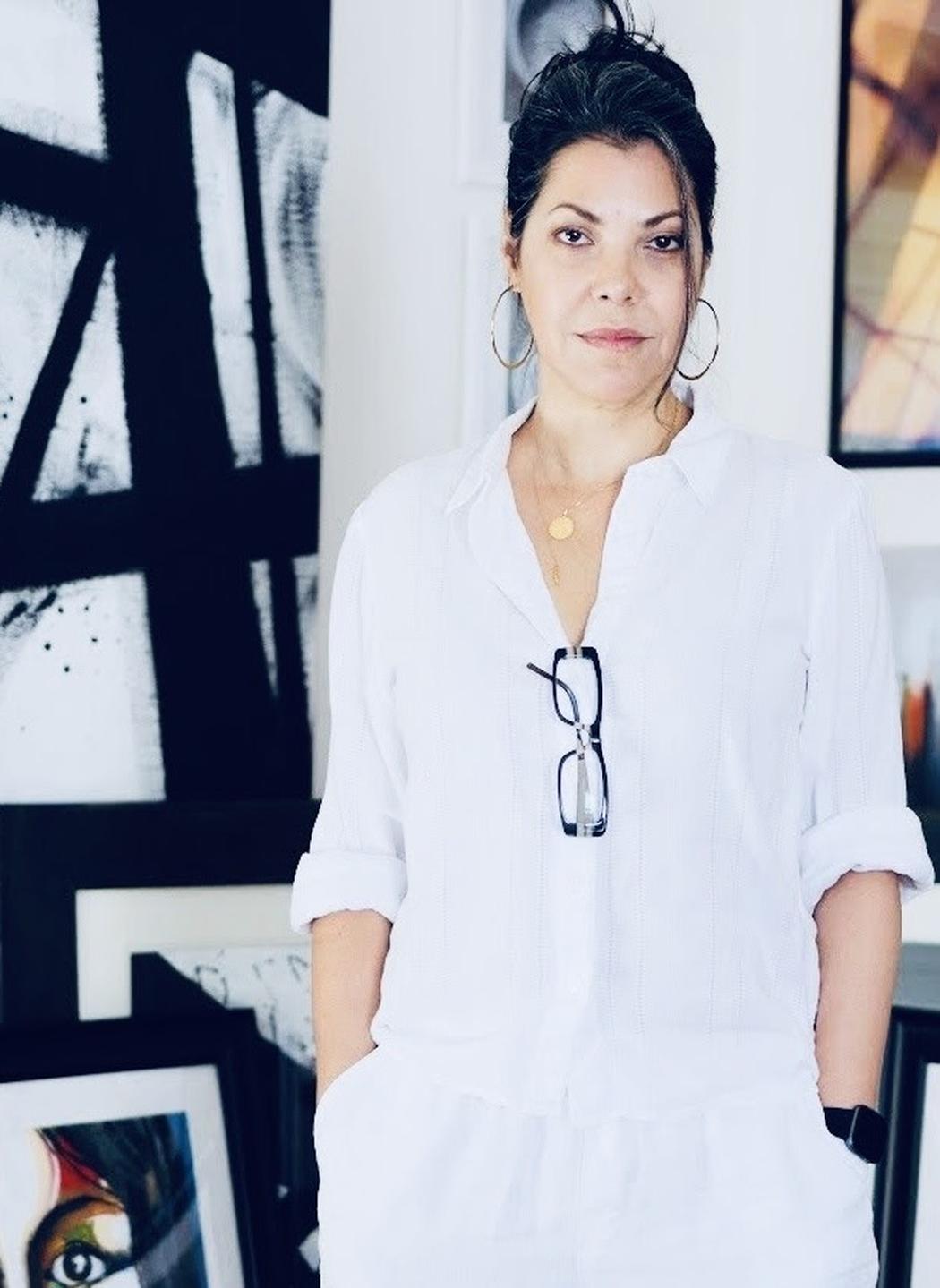
Leave a Reply